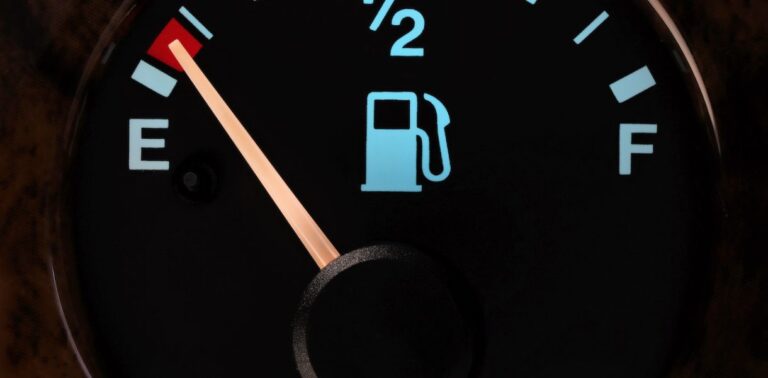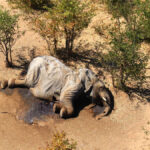Ever glanced at your fuel gauge and noticed the light flick on, signaling you’re running on fumes? It’s a scenario that begs the question: Just how far can you push your vehicle before you’re truly out of gas?
Buckle up as we navigate through the intricacies of your car’s fuel reserve, shedding light on the factors that affect how far you can go and offering tips to extend those last precious kilometers.
Understanding Your Car’s Fuel Reserve
The fuel reserve is like your vehicle’s safety net, designed to give you a heads-up to refuel before you’re stranded. When your fuel gauge hits the “E” or that light illuminates, you’re dipping into this reserve stash.
Modern cars come equipped with sensors that trigger this warning, giving you a grace period to find a gas station. However, the size of this reserve tank varies by vehicle, generally holding about 5 to 15% of your car’s total fuel capacity. For specifics, your owner’s manual is your best resource.
Factors Affecting Distance on Fuel Reserve
Several variables play into how far you can stretch your reserve fuel. Here’s what to consider:
- Vehicle Type: Lighter, smaller cars often boast better fuel efficiency, thus traveling further on reserve than their larger counterparts.
- Fuel Tank Capacity: A larger tank means a larger reserve, which translates to more kilometers you can cover before a refill.
- Fuel Consumption: The efficiency of your vehicle, measured in liters per 100 kilometers (L/100 km), is a big determinant. More efficient cars can naturally go further on reserve.
- Driving Conditions: Stop-and-go city driving guzzles more fuel than cruising at steady highway speeds. Additionally, harsh weather or poor road conditions can decrease the distance you can cover on your reserve.
Estimating Distance on Fuel Reserve
To ballpark the distance you can travel on your car’s fuel reserve, consider this formula:
Distance on Reserve = Reserve Capacity (in liters) x Fuel Efficiency (in L/100 km)
For example, if your car has an 8-liter reserve capacity and consumes fuel at 6 L/100 km, you could theoretically cover about 133 kilometers on reserve:
133 km = 8 liters x (100 km / 6 liters)
Remember, this is a rough estimate that doesn’t account for the above variables, so always factor in your specific driving conditions and vehicle type.
Tips for Maximizing Your Reserve Distance
Here are some strategies to ensure you’re getting the most out of your fuel reserve:
- Drive Gently: Smooth acceleration and braking can help reduce fuel consumption, allowing you to extend your range on reserve.
- Maintain Steady Speeds: Keeping a consistent pace, especially on highways, can improve fuel efficiency and maximize your distance.
- Lighten Your Load: Extra weight demands more fuel. Clear out unnecessary items from your vehicle to lighten the load and stretch your fuel further.
- Regular Maintenance: Keeping your car in tip-top shape, including oil checks and air and fuel filter replacements, can enhance fuel efficiency and, by extension, your reserve distance.
While it’s tempting to test the limits of your fuel reserve, frequent reliance on this emergency supply can lead to potential fuel system damage, including clogging from tank sediment. To avoid unnecessary wear and tear, it’s wise to refuel sooner rather than later, ensuring your vehicle remains in prime condition for the long haul.






